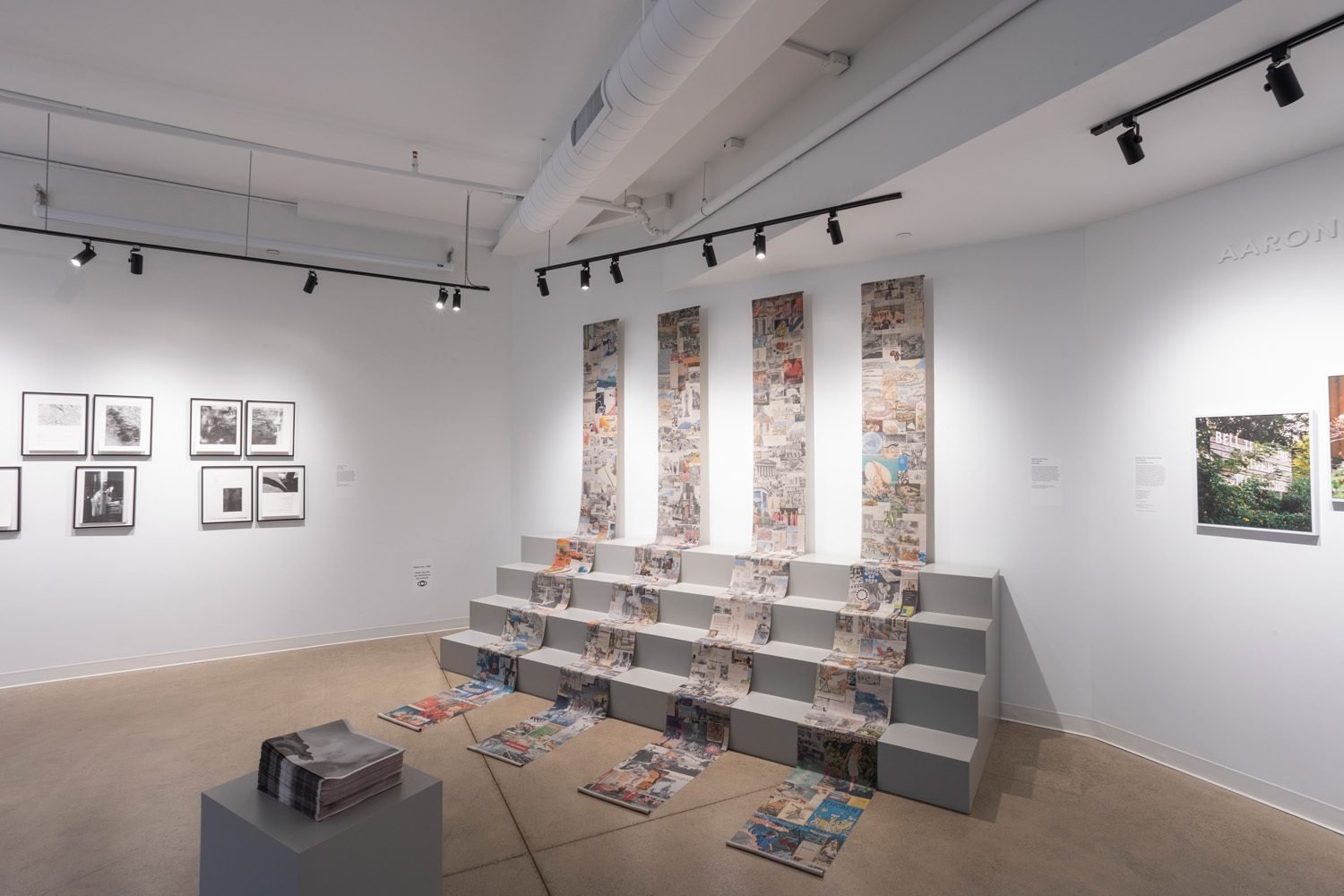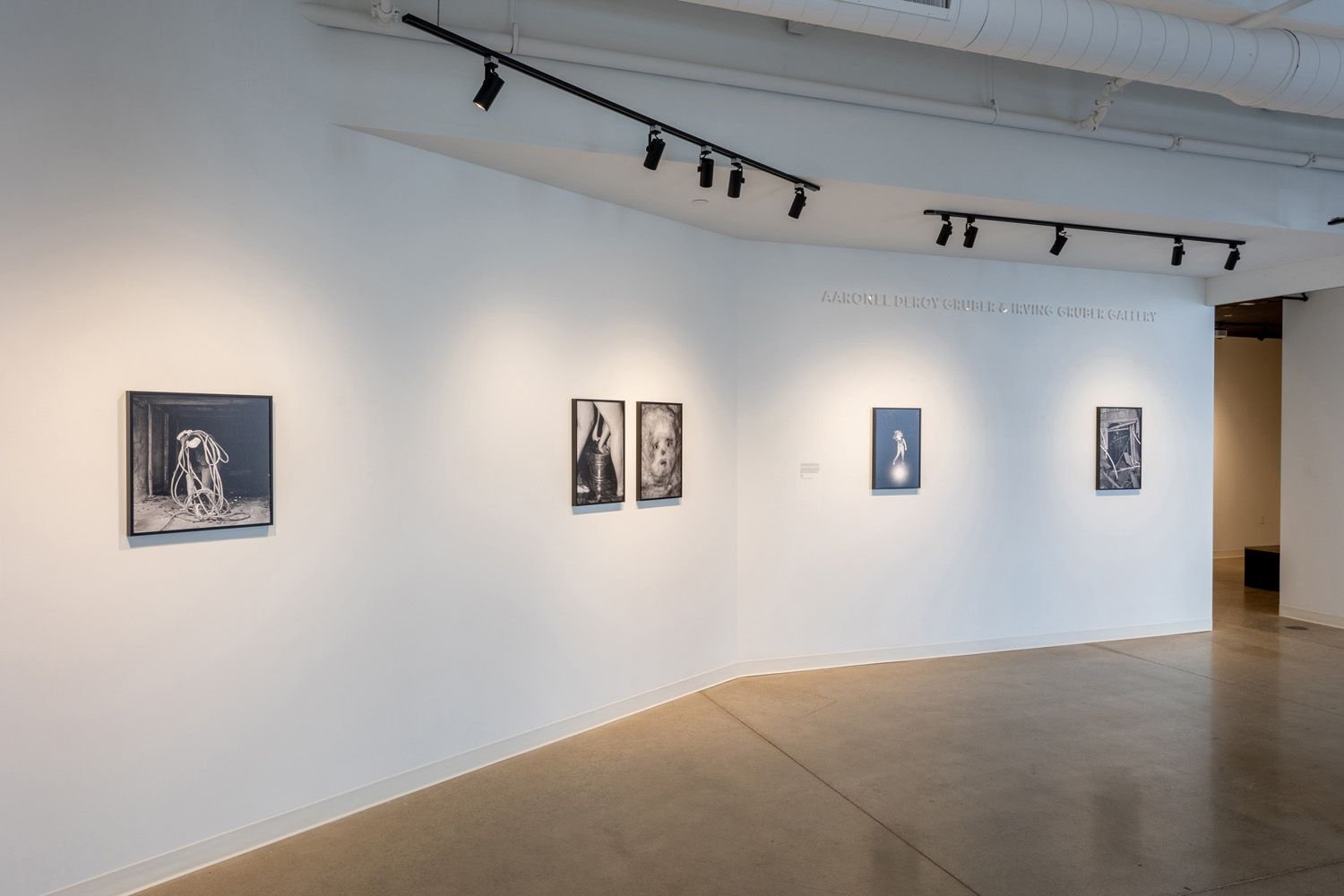5. Why is photography important?
Photography is a vital form of creative self-expression. It can create empowering spaces for connection with ourselves and each other. When artists center curiosity, empathy, and social concern in their practice, photography can challenge conventions, biases, and structural inequalities. Through such photography, we can imagine and work towards more equitable futures. Photography is important to me when it provokes me to critically question history, society, and representation and continually reflect on how photographs are made, read, circulated and understood. Most of all, photography is important in any way that an individual finds meaningful. That relationship has the potential to be limitless.
Spring by Marc Wilson from the series ‘Travelogue 1’ made in Ukraine between 2018-2021. © Marc Wilson
6. How does one become a collector of photography?
Relationships are fundamental to becoming a collector of photography - whether with artists, gallerists, curators, arts workers, cultural producers, or writers. Start going to events at galleries or organizations whose programs directly support and engage with artists. These experiences will offer the opportunity to discover new work, develop your interests, and connect with artists directly in meaningful and authentic ways. I don't think the commercial value should drive your collecting. But instead, collect what you love and fully embrace that this will inevitably change and grow in unexpected ways.
In Pittsburgh, we are fortunate to have many accessible pathways to start collecting. Such local opportunities include editions from Silver Eye, regular juried shows by local non-profits such as Associated Artists of Pittsburgh and Brew House Association, Small Mall, and the emergence of new independent art galleries such as Here. Most of my recent personal collecting has been through fundraising initiatives raising awareness on issues that are important to me. I encourage new collectors to consider how their collecting purposefully aligns with their values. Ultimately, when collecting work by contemporary photographers, you directly support the future development of their artistic practice, which is one of the most rewarding reasons to start collecting.




